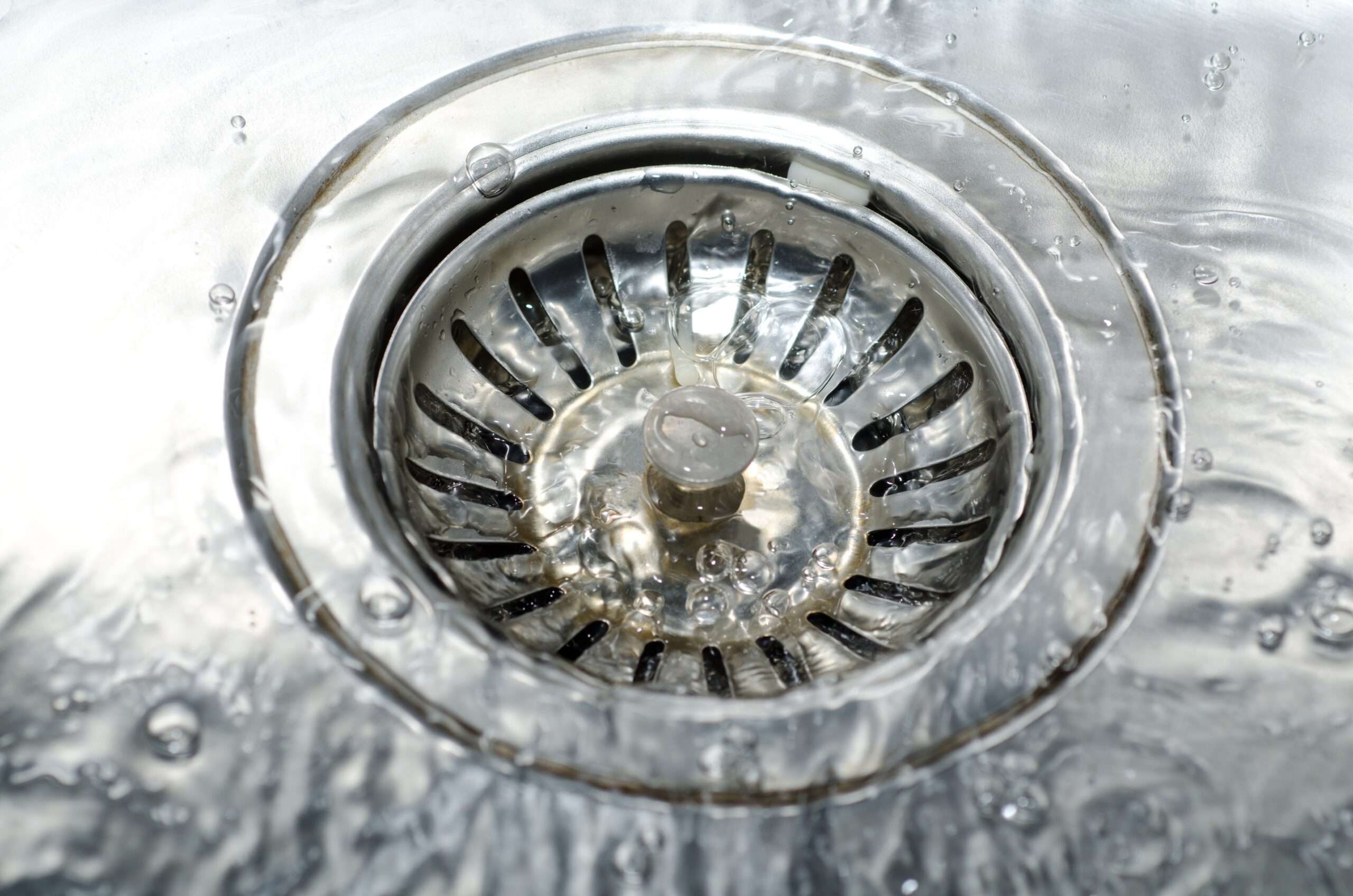Proper drainage is crucial in preventing water damage and maintaining the integrity of your property. In this comprehensive overview, we will delve into the various aspects of drainage systems, explaining their types, functionality, signs of failure, and essential maintenance tips. Whether you are a tenant, landlord, or a business owner in the UK, understanding drainage systems will enable you to effectively address and prevent potential drainage issues.
Types of Drainage Systems: Explained and Compared
There are several types of drainage systems commonly used in the UK. Let’s explore them in detail…
Surface Drainage Systems
Surface drainage systems are designed to redirect excess water from the surface, preventing pooling and potential damage. They include surface channels, French drains, and swales. These systems collect and carry water away from your property, ensuring it doesn’t seep into the foundation or cause erosion.
Subsurface Drainage Systems
Subsurface drainage systems are installed beneath the ground to manage water accumulation in areas such as basements, crawl spaces, and yards. These systems typically consist of perforated pipes, gravel, and drainage outlets. They help alleviate hydrostatic pressure, remove excess water, and protect structures from moisture-related issues.
Combined Drainage Systems
Combined drainage systems are commonly found in urban areas, where stormwater and wastewater are managed through a single network of pipes. These systems efficiently collect and divert both types of water for treatment and discharge, reducing the burden on individual drainage systems.
How Drainage Systems Work to Prevent Water Damage
Drainage CCTV Surveys are essential for protecting properties from water damage by effectively managing water from various sources. They perform three key functions: collection, transportation, and discharge or treatment.
The collection phase involves gathering water from rainfall, surface runoff, and wastewater. Drainage systems ensure that water is efficiently channelled away from vulnerable areas such as foundations, basements, and structures. By preventing the saturation of soil, they safeguard against potential damage caused by excess water.
Once collected, the transportation phase begins. Drainage systems utilise a network of pipes, channels, or conduits to transport the water away from the property. Gravity and engineered slopes facilitate the smooth movement of water toward designated outlets or treatment facilities. This ensures that water is effectively directed away from the property, which lowers the risk of water-related issues.
Depending on the type of drainage system in place, the water collected may undergo either discharge or treatment. In some cases, the water is discharged directly into natural water bodies like rivers or oceans, following proper regulations to prevent environmental harm. Alternatively, certain drainage systems involve treating the collected water at wastewater treatment plants before releasing it. This process ensures that the water is free from contaminants and poses no risk to the environment or public health.
Signs of a Failing Drainage System: What to Watch Out For
Identifying signs of a failing drainage system is crucial in preventing extensive damage and costly repairs. Here are some key indicators to watch out for.
Water Accumulation
Persistent water pooling in your yard, basement, or crawl space is a clear indication of a drainage problem. It could be caused by clogged or damaged pipes, inadequate slope, or poor system design.
Foul Odours
Unpleasant smells emanating from drains, sinks, or toilets may indicate a blockage or backup in the drainage system. This can lead to sewage overflow, posing health risks and requiring immediate attention.
Foundation Cracks
Excessive moisture around the foundation can cause the soil to expand and contract, leading to cracks in the foundation walls. If you notice such cracks, it’s essential to investigate the underlying drainage issues.
Essential Maintenance Tips for Optimal Drainage System Performance
Regularly remove leaves, twigs, and debris from gutters, downspouts, and surface channels. This prevents clogging and ensures unrestricted water flow, minimising the risk of water backup or overflow. Also, periodically inspect your drainage system for signs of damage such as cracks, leaks, or loose connections. Promptly repair any identified issues to prevent further deterioration and potential water damage to your property.
Furthermore, ensure proper grading around your property to facilitate water flow away from structures. Adequate slope and grading prevent water from pooling near the foundation, reducing the risk of foundation damage or water seepage into basements or crawl spaces.
To Wrap Up…
Understanding drainage systems is crucial for homeowners and business owners in the UK to maintain a functional and efficient drainage system.
By comprehending the types of systems, their functionality, recognising signs of failure, and implementing regular maintenance, you can prevent water damage, protect your property, and ensure the optimal performance of your drainage system.
Stay proactive, address drainage blockages issues promptly, and seek professional assistance when needed to ensure a healthy and well-functioning drainage system.
